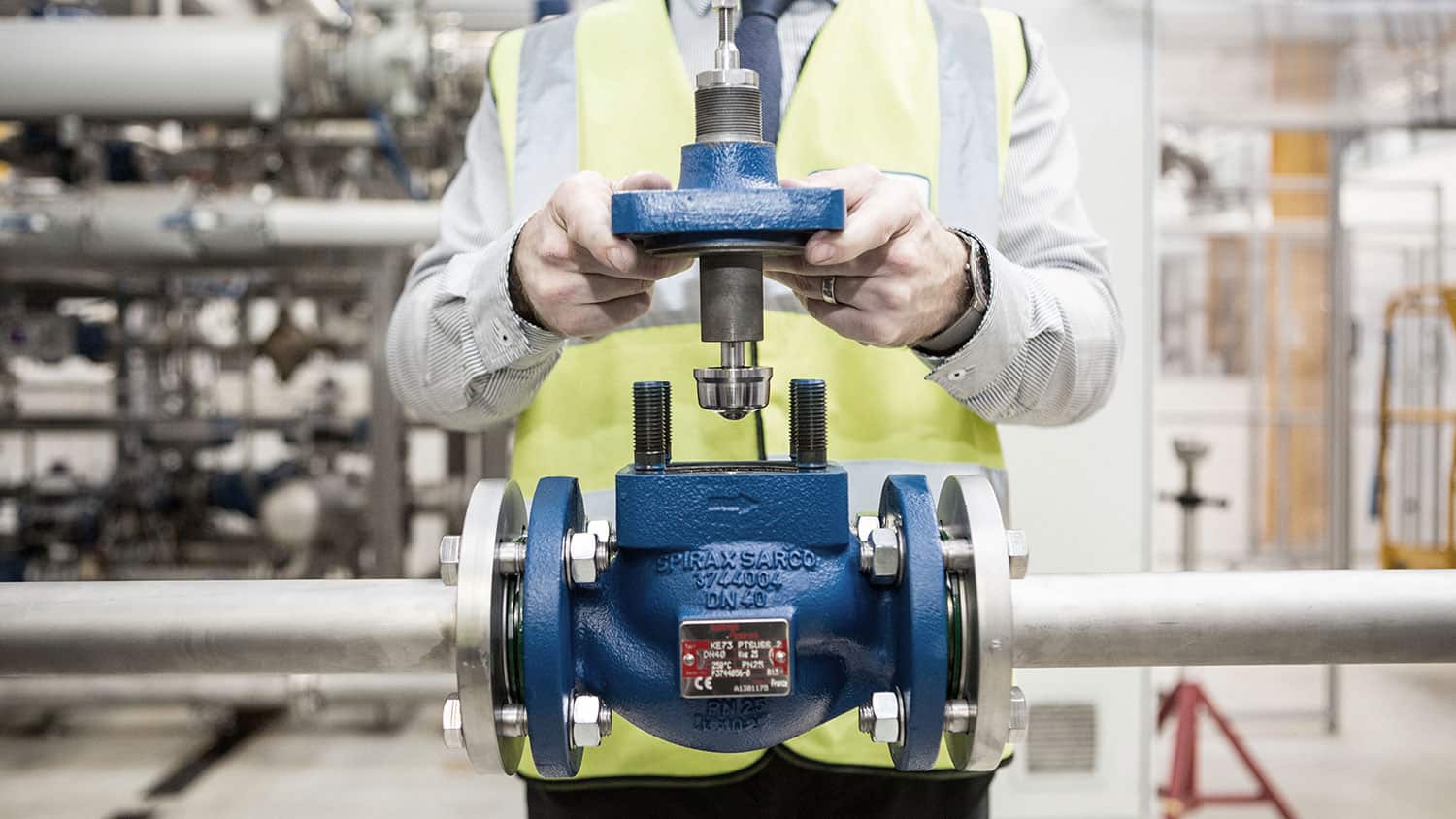Effective Control Valves: Trick Components for Effective System Administration
Effective Control Valves: Trick Components for Effective System Administration
Blog Article

Maximize Power Savings and Comfort With Advanced Structure Automation Controls
In the world of contemporary design and center administration, the combination of advanced building automation manages stands as a crucial advancement. By utilizing the power of automation, structures can adapt, respond, and develop in methods that were when inconceivable.
Power Efficiency Conveniences
Energy performance advantages can significantly reduce power consumption and functional expenses in buildings. Energy-efficient systems, such as advanced building automation controls, can enhance the usage of sources like lights, home heating, and cooling, leading to lower power expenses over time.
Moreover, enhanced energy effectiveness can lengthen the life-span of structure devices and systems. By operating extra effectively, cooling and heating systems, lighting components, and various other structure components experience less damage, leading to decreased upkeep and replacement expenses. In addition, energy-efficient buildings usually regulate greater home values and rental prices, providing long-lasting financial advantages to owners.
Additionally, energy effectiveness can boost passenger comfort and performance. Appropriately regulated indoor environments with optimal illumination and thermal problems create an even more pleasant and conducive work area, causing improved employee contentment and performance. Overall, the power performance benefits related to advanced structure automation controls are complex, encompassing cost savings, environmental stewardship, and owner health.
Improved Comfort Control
Enhancing convenience control in building environments calls for a sophisticated integration of innovative automation systems for optimum owner health. By utilizing advanced structure automation controls, facilities can tailor the interior environment to satisfy the details requirements and choices of occupants. These systems allow specific guideline of air flow, temperature, and lights, developing a comfy and productive atmosphere. Resident contentment and performance are carefully linked to thermal convenience, making it important to have systems in position that can adjust to changing problems in real-time.
By including these innovative controls, structures can not only improve comfort yet also boost power effectiveness by maximizing system procedures based on real tenancy and usage patterns. Inevitably, focusing on resident comfort through advanced automation systems leads to a more delightful and healthier indoor setting.
Functional Effectiveness Improvements

Additionally, the application of real-time surveillance and analytics tools allows structure operators to recognize energy inadequacies and operational anomalies immediately. By continually monitoring energy usage patterns and system performance metrics, adjustments can be made in real-time to optimize power usage and make sure peak functional performance. control valves. Additionally, incorporating need feedback strategies right into structure automation controls can even more enhance functional efficiency by dynamically changing power usage based upon grid conditions and pricing signals
Indoor Climate Optimization
Effective interior environment optimization is a basic facet of building automation controls, ensuring passengers' convenience and well-being while maximizing energy savings. By making use of innovative sensing units and controls, building automation systems can continually readjust and monitor temperature level, moisture levels, air top quality, and ventilation to develop an optimal indoor setting. Preserving comfortable and constant problems not just boosts occupant complete satisfaction yet likewise enhances performance and overall wellness.
Interior climate optimization additionally plays a vital duty in energy performance. By fine-tuning air flow, cooling, and home heating systems based on real-time data and tenancy patterns, developing automation controls can considerably minimize power usage - control valves. Applying approaches such as demand-controlled ventilation and thermal zoning can help minimize energy waste while guaranteeing that each location of the building receives the necessary conditioning.

Sustainable Setting Creation
Structure automation manages not just maximize indoor environment conditions for energy efficiency and passenger comfort yet dig this additionally lay the structure for producing a lasting setting through strategic monitoring of resources and systems. By integrating innovative building automation modern technologies, such click to read as sensing units, actuators, and intelligent software application, facilities can readjust and check energy usage in real-time to decrease waste and minimize their carbon impact. These systems allow predictive upkeep, identifying possible concerns prior to they escalate and maximizing devices performance to enhance long life and efficiency.
Additionally, sustainable environment creation expands beyond power administration to include water conservation, waste reduction, and indoor air top quality enhancement. Structure automation controls can regulate water usage, detect leaks, and make certain proper garbage disposal methods, contributing to overall sustainability efforts. Additionally, by keeping an eye on and controlling air flow and filtration systems, these innovations boost occupant health and wellness and performance while decreasing energy usage connected with a/c procedures.
Final Thought
Finally, advanced building automation controls offer considerable advantages in regards to power financial savings, convenience control, functional effectiveness, indoor environment optimization, and producing a lasting environment. By executing these controls, buildings can accomplish optimal efficiency while reducing power usage and enhancing occupant comfort. It appears that the usage of innovative automation innovation is essential in improving building efficiency and creating a much more lasting future.
Power effectiveness benefits can substantially minimize power usage and functional expenses in structures. In general, the energy performance benefits linked with advanced structure automation controls are multifaceted, encompassing cost savings, ecological stewardship, and resident health.
Additionally, including demand action techniques right into structure automation controls can further boost functional efficiency by dynamically readjusting energy use based on grid problems and pricing signals.
Structure advice automation controls not only enhance interior environment conditions for energy efficiency and resident comfort yet also lay the structure for creating a lasting atmosphere via tactical monitoring of resources and systems.In conclusion, advanced structure automation manages deal considerable benefits in terms of energy financial savings, comfort control, operational efficiency, interior environment optimization, and creating a lasting environment.
Report this page